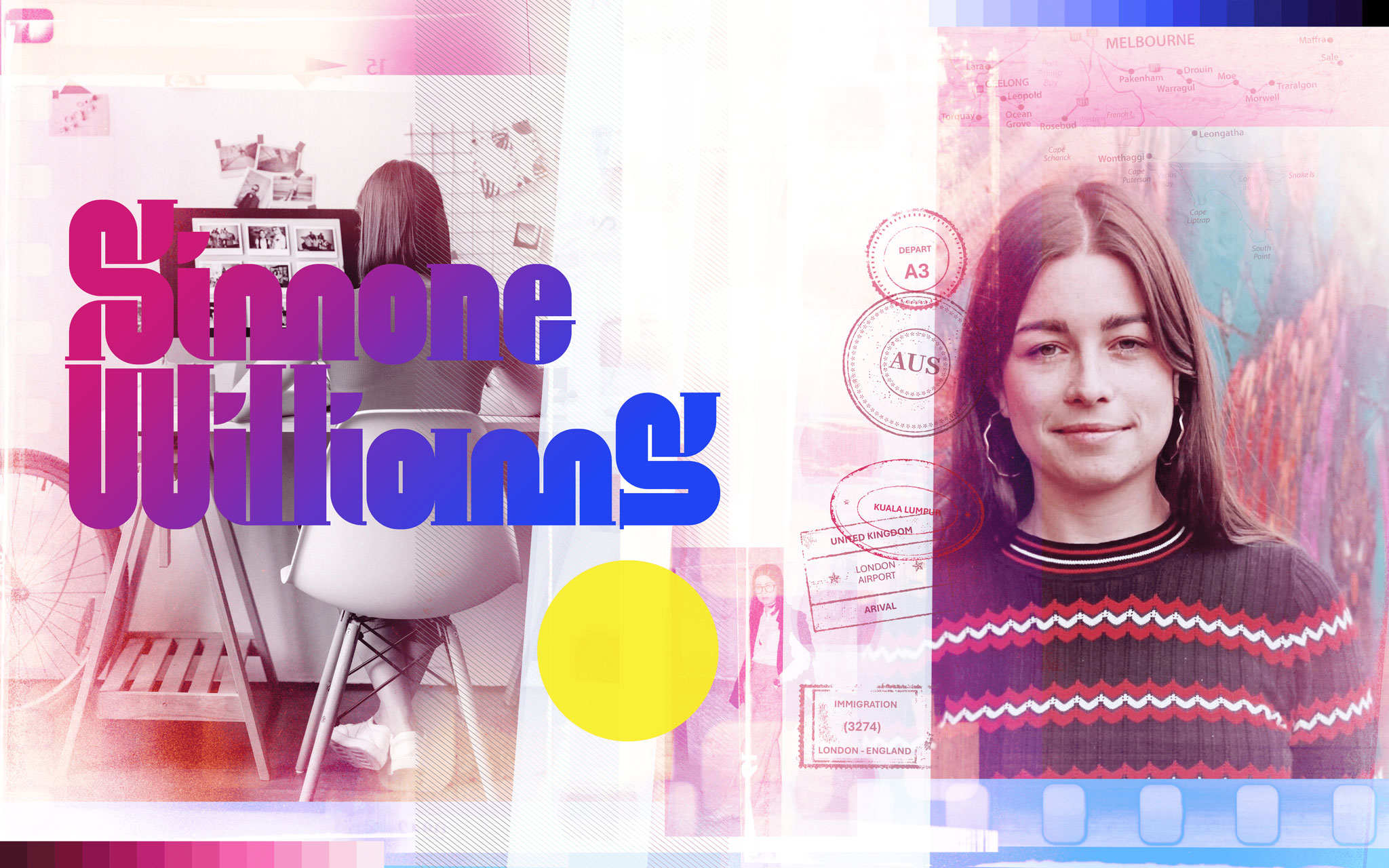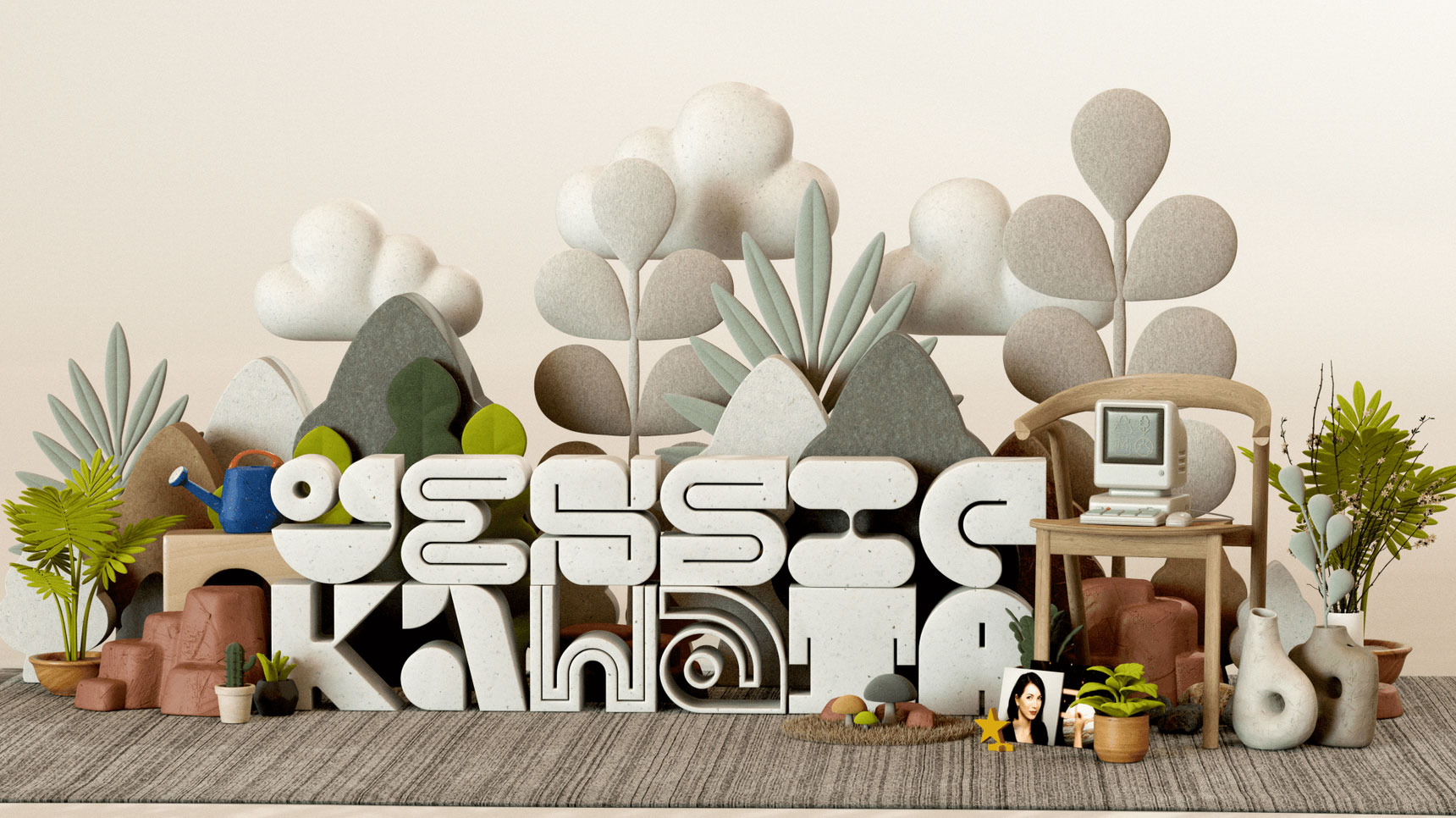Use design to help your world, your community, and you
3 designers reflect and recap their time at the 2018 Adobe 99u Conference

With the many reasons designers have given to go to the adobe 99u conference, we knew that week in new york city this past may would be inspiring. What took us by surprise was how the event put the larger picture into focus a growing creative culture in which empathy, vulnerability, and authenticity are elevated more than ever. As we settle into our day-to-day lives, we do so with a renewed passion to use our creativity on behalf of ourselves as women in design, our design circles, and our global community. And a newfound appreciation for New York style pizza at any time of day.
Design + the world by: Julia Carlson, UX Designer
After attending 99u, I have a renewed sense of my social responsibility as a designer. Many speakers talked about doing the work that really matters not what we can get done in two weeks, and not what will get us the most recognition, and certainly not what we’re willing to do because of the industry perks. We need to design solutions that answer real human problems.

Audrey Lu, director of product design at Lyft, shared a story about Patricia Moore. Moore was a 26-year-old designer who toured over 100 cities dressed as nine different women in their 80s to experience first-hand how elders navigate life. By getting to know this population intimately through first-hand experience, she was able to discover pain points that were going unnoticed and unsolved.
Liu applied that learning on an app called Unstuck, which helps people move past sticky situations by identifying the problem and offering solutions. When she began the project, she sent out a survey to see what problems people were stuck on. She was expecting problems like “I’m trying to lose that last 10 pounds.” What she discovered was that people were struggling with much more critical problems like “My child has cancer, and I don’t know how to help him. I feel helpless.” Had she designed off her initial assumptions, she would have missed her opportunity to help people on a much more vital level.
Although we don’t always work on products that seem like they affect the world in a meaningful way, our design decisions may have a ripple effect that isn’t always readily apparent. Whether you’re at a large corporation or at a five-person start-up, it all starts with a true understanding of the problem your customer is facing.
Design + your community by: Erica Cheshier, Sr. Ux Designer

One of the speakers that impacted me the most was Ashleigh Axios, the creative director for the Obama White House. Among other things, her speech was about how we can use impactful design to empower social change and help others in our communities. “We’re wired to help people. Doing good feels good. It triggers our biological reward system and makes us feel all happy and warm and fuzzy inside. So yeah, it’s a little selfish to help people but we should do it more.”
So how can we use our knowledge, experiences and design skills to impact our communities?
Often, we may think that we don’t have time to help or give back. But you don’t need to spend 10 hours a week volunteering. Start by researching causes you’re passionate about within your community. Then send an email that shares a little about your professional background and ask if there’s anything you can help with. As a designer, helping could be as simple as brainstorming ideas over coffee or designing an invitation for a fundraiser. These two small steps can help you find opportunities in your own backyard to use your design for good.
Design + you By: Emily Johnson, Sr. Designer

In a breakout session spent with Duncan Wardle, former VP of Innovation and Creativity at Disney, I imagined myself as a parachute designer for elephants, a fashion designer for invisible cloaks, and a sex therapist for endangered honeybees. As strange as the exercise sounds, it went a long way toward making me think about my own creative journey.
After a ten-year face-off with “imposter syndrome,” I’m realizing it’s a combination of personal nature, professional nurture, and an ongoing decision we make as career-minded people to continually evaluate ourselves and our environment through a critical lens. Many speakers at 99u startled me with the simplicity of what felt like a direct response to this definition. Wardle argues that innovation feels awkward because we don’t always have the answers or know where we’re going at a given moment in our journey. If we can accept that awkwardness and give ourselves permission to innovate in spite of it, we can silence our inner imposter and clear the way for new, more productive creativity that is authentically our own.
Productive creativity is the result of doing things in new ways to make a positive difference in our working lives. As it turns out, we can build habits that encourage productive creativity at work, simply by following a few simple strategies. These ranged from engaging in a specific collaborative format for brainstorms to taking a different route to work each day.
At the end of the session, however, each of Wardle’s strategies had come back to a playful, positive outlook on the creative career and its challenges. Perhaps we need to make a greater point of suspending the judgement we impose on ourselves and let our inner invisible cloak designers run free more often.
Read more
To stay in the know with Microsoft Design, follow us on Twitter and Instagram, or join our Windows or Office Insider program. And if you are interested in working with us at Microsoft, head over to aka.ms/DesignCareers.


Why designers shouldn’t always be designers
A Content Designer from Microsoft Clipchamp tells her story

Design as an earthling
Connecting the outer worlds of our environment to the inner world of self